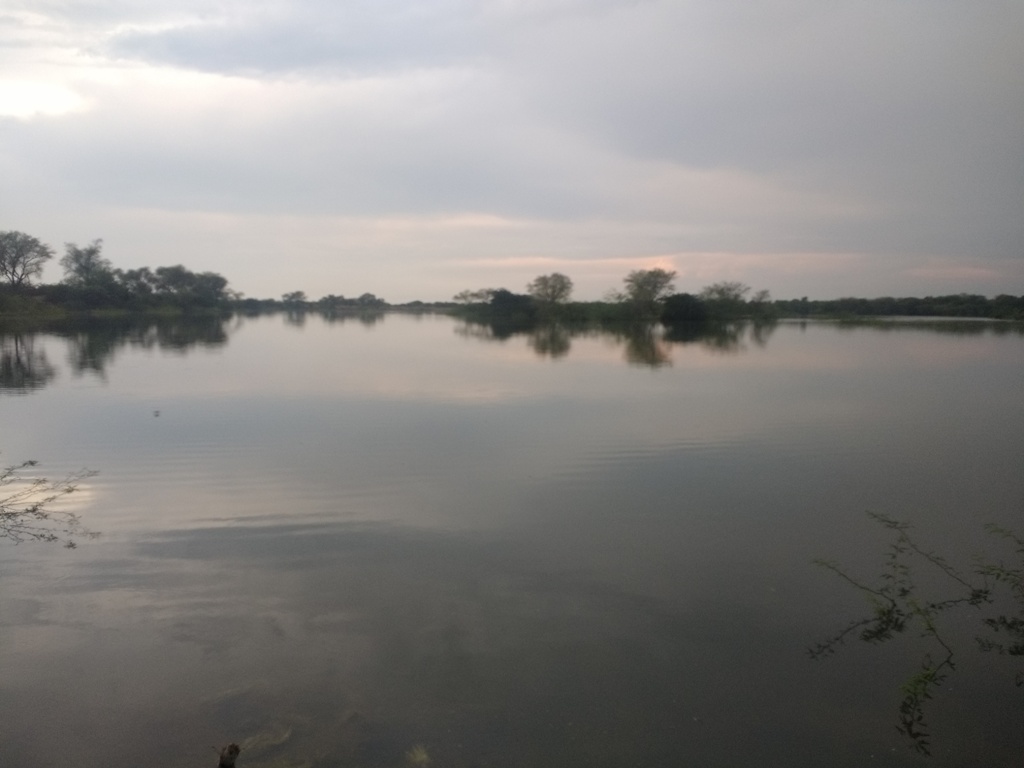
Rajasthan, It accounts for 3% of the country’s water resources. This has had a negative impact on people’s lives here. Large scale migration to cities. Here are a few villages that have made water conservation a priority. The most commonly heard name is Laporia. Another type of water conservation.
Laporia village is 90 km from Jaipur, the capital of Rajasthan. Thirty-five years ago, the Laporia image was different. The groundwater level had fallen. Within a couple of months of the end of the monsoon season, there was a shortage of water. Drinking water was scarce. Livestock were facing shortage of water and forage. In such a situation, the villagers were selling livestock. Migration to urban areas in search of employment was inevitable when crops were scarce.
Observation : Eighteen-year-old Laxman Singh (Now 58 Years) of Loporia village was observing all this. They realized that if this situation continued, there would be worse days ahead to village. He Quit college. Staying in the village. Wandering around a representative village. Discussed with a senior. Further, data collection was necessary. He traveled extensively in Rajasthan and neighboring states with a view to water conservation. Wherever he saw water and green, he was discussing with the villagers. Collecting content.
Rajasthan is a dry, dry, semi-arid region. The village of Laporia is semi-arid. The land here is flat. Rainwater harvesting is a challenging task. If it is hilly, high-flowing water can be collected at low-lying sites.
Experimenting with different methods is necessary when it is flat. The answer was found when the discovery was made. “Chowpatty” Laxman Singh decided to experiment. this experiment first on the village’s pastoral farm. Discussed with the towns people. At first, they saw this attempt without a doubt. He wondered if there could be selfishness in this.

After persistent persuasion, They agreed to the trial half-heartedly. Donations were also made. It is important to know where rainwater falls on a flat farm, where it flows smoothly, where it flows slowly, and where there is little. These were studied by Laxman Singh. They began building squares in a slow flowing area.
There are squares next to each other. Adjacent to it are the entrances. The interior of the square is four and a half feet. Height one and a half feet. The base width of the sides is six feet, the height is two and a half feet. The top of the stairs is 1 foot wide. It has the ability to block water flow.
This is where the water falls in the square. This then flows aside. All the squares are filled with water. Then it gets into the life that surrounds it. The experiment was successful in a single rainy season. After months of rainy season, there was moisture in the pasture. There was green. Happy to the villagers who noticed this. They came forward to conserve rainwater. Square experiments began to expand.
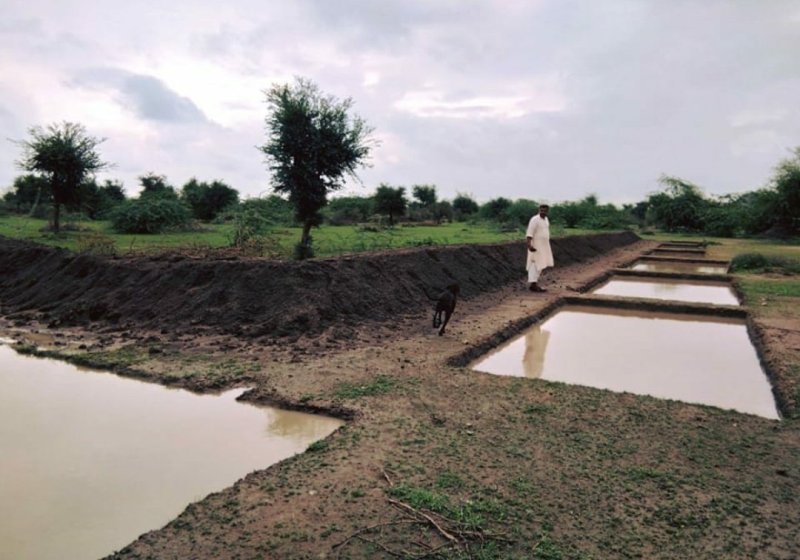
“Our village is in the range of fallen rainwater to slide out of the rent vain to be allowed. Fell Every drop of water here Collected. The laporiya village and groundwater as well. The surrounding villages, groundwater levels have risen. Every drop water collect it. Carefully use. This is because there are Higher Summer also, three tanks for water storage,” Laxman Sing said.
The construction of three ponds: squares also began on pastoral and private land. This was followed by three lakes. The name of these is also interesting. Devasagar. Pool Sagar, Annasagar, the first two lakes are dedicated to drinking water. The third is reserve for agriculture. It has 875 acres of irrigation facilities in the village.
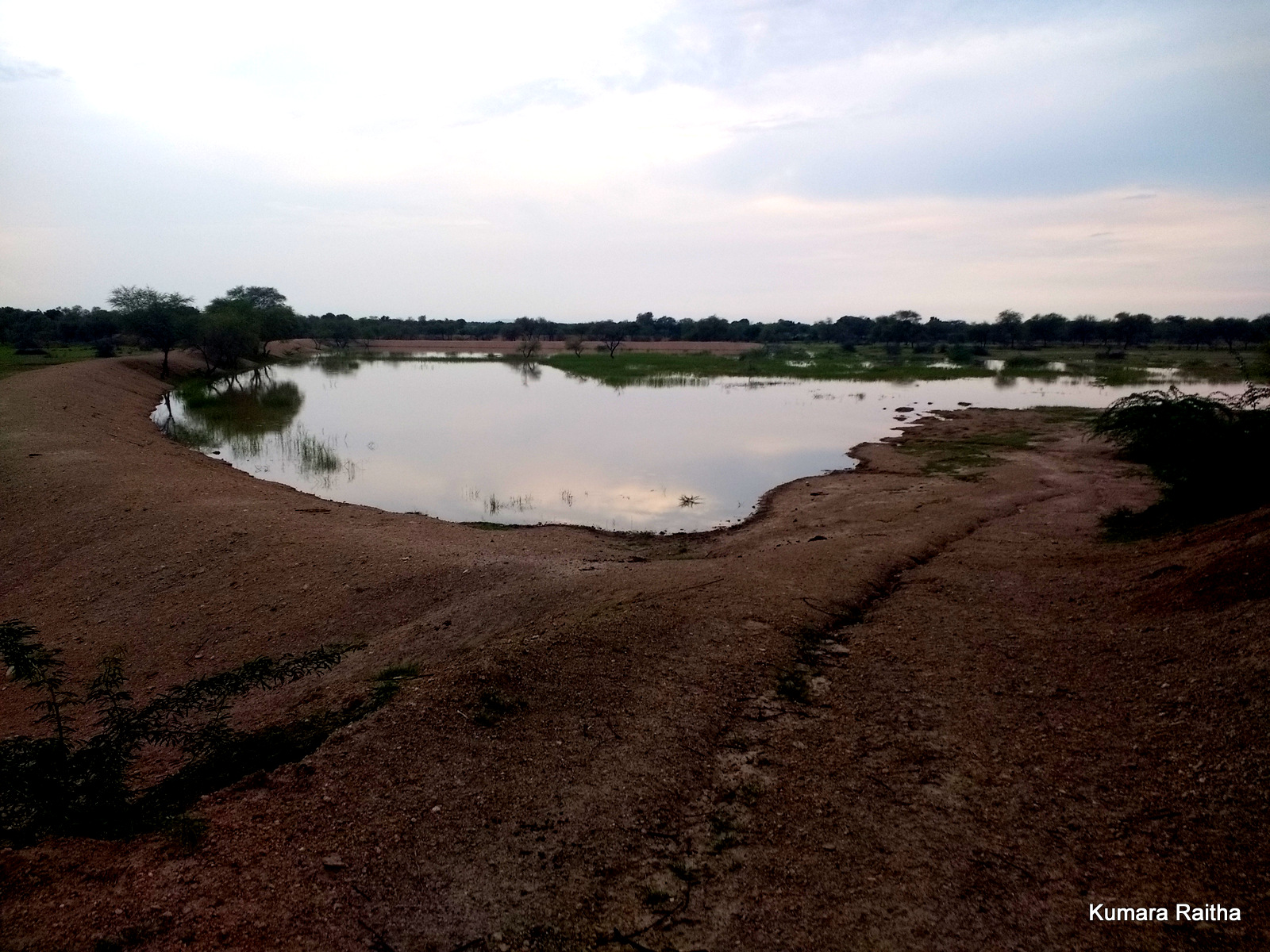
Water conservation has had a tremendous impact over the last thirty-five years. Groundwater, which had previously fallen below 500 feet, is getting in the 15 to 40 degree range. The open wells here are watered by summer. Another notable feature is that they do not use groundwater for winter crops. Depending on the moisture content of the land, short-term crop is harvested from mid-October or November to February.
===============
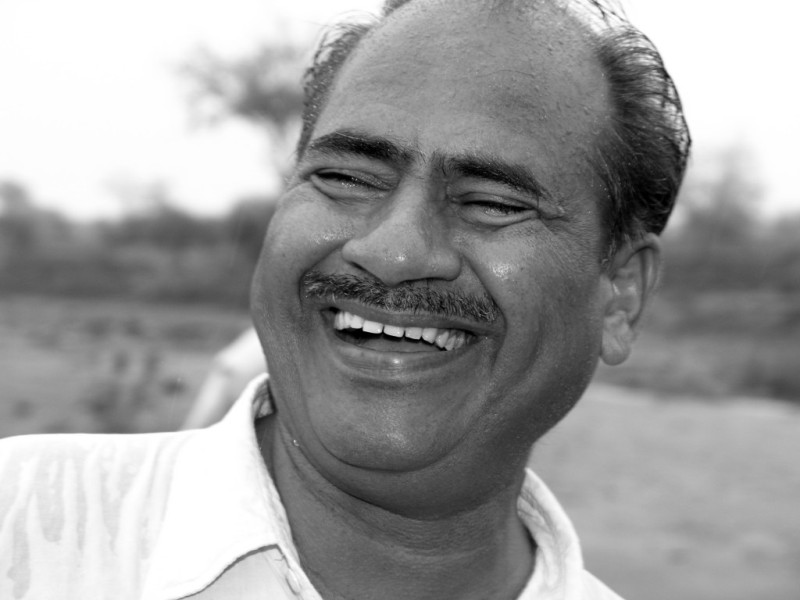
Various crops are grown in the monsoon season based on rain water. A group of trees: “The trees grow and the water comes in by itself. Eliminates our water beds”, Laxman Singh repeatedly said. The saplings have been planted on the roadside of the village, the lake and the fields. This is why the village of Laporia feels like the middle of a forest.
===============

The villagers do not cut these trees and cut them for scrubs. These greens are not used for cattle feed. Forest of the village: The forest is cultivated in more than ten acres of land belonging to the village. There are over 30 grass species here. There are different types of trees. A large variety of birds nest in the trees and breed.
There are no villagers. This is why birds have a relaxed atmosphere here. For the past thirty years, the villagers of Laporia have not been faced with a shortage of drinking water and food for cattle. The crop is harvested twice a year. Cattle are always available in the pasture for cattle. In the immediate vicinity, the goats have made drinking water. Crop balances are collected systematically for livestock feed.
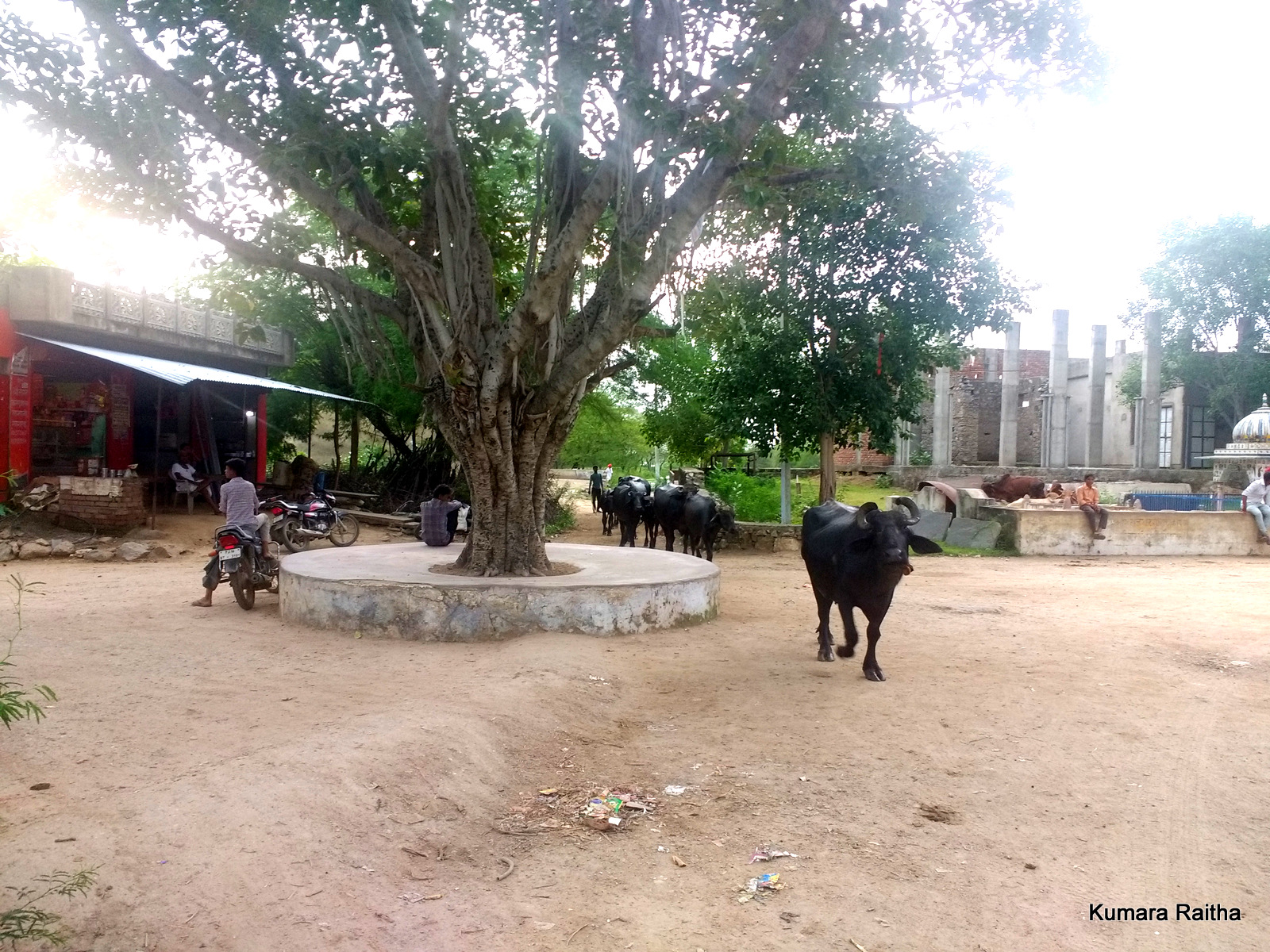
They are doing all this with great interest. There are 350 houses here. It has a population of more than 2 thousand. There are at least one goat, two buffalo and two geer breeds in each house. Plenty of households breed more than 10 geer cows. He is a native of Jersey, H.F. And not interested in rearing hybrid cows. We are deliberately domesticating buffalo and cows.
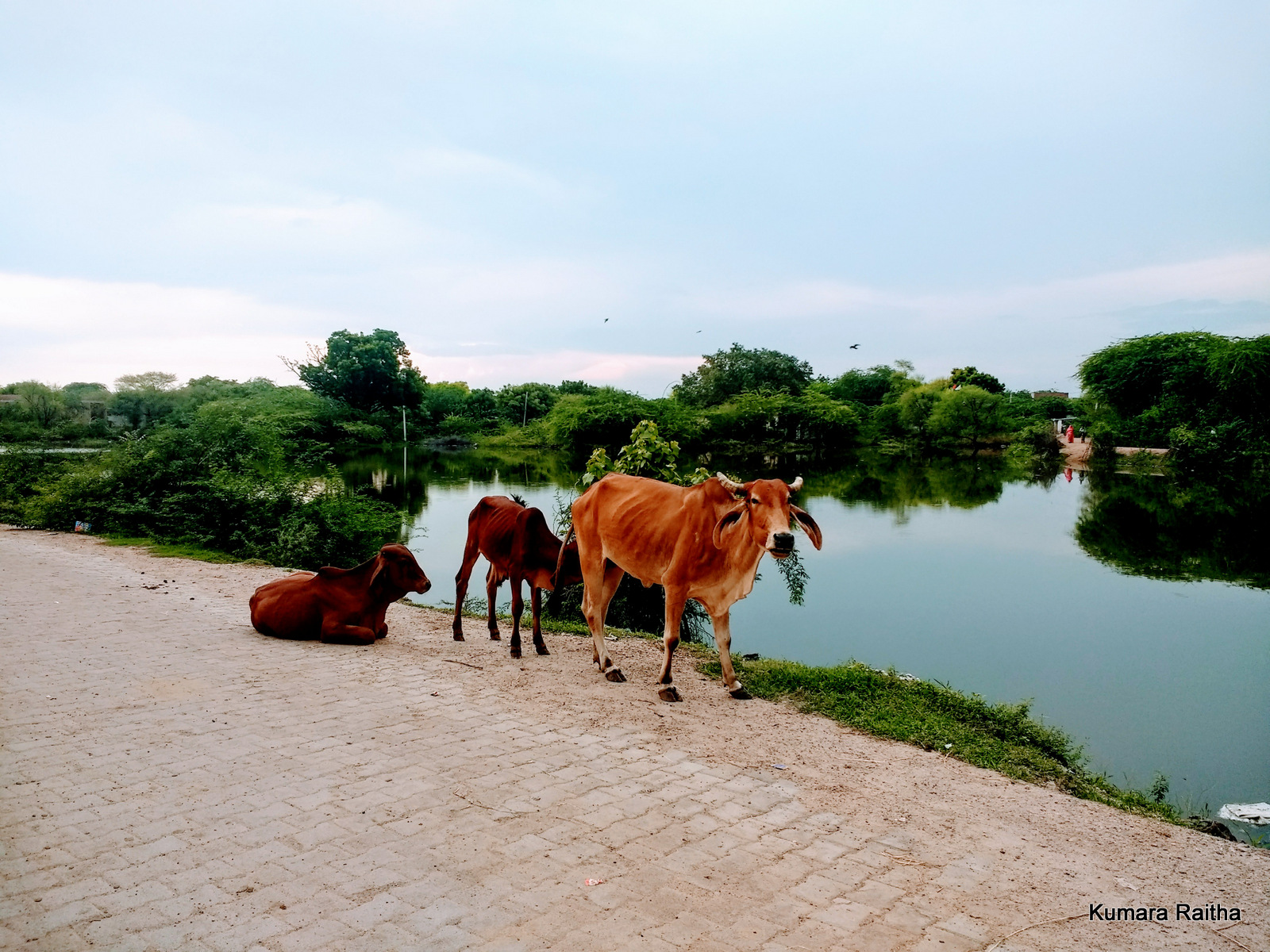
The cost of farming is very high. A cow cow gives 8 to 10 liters of milk a day. Milk is supplied to the cooperative society. Private companies and hotels come here and compete to buy milk. The reason for this is quality milk. As a result, many migrants seeking employment have returned to the village. They earn more than wages in cities. More importantly, there is a comfortable life here.
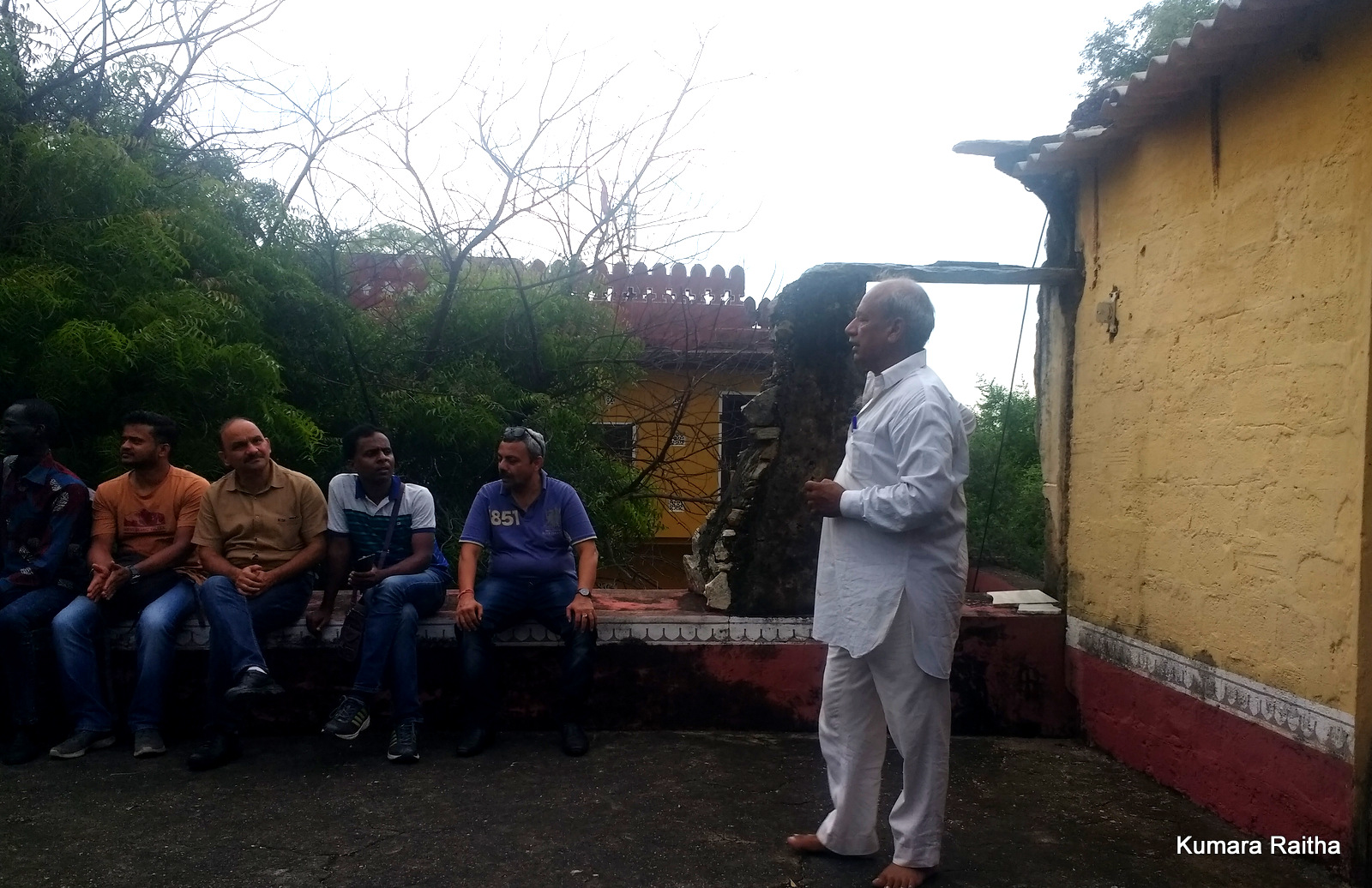
Volunteering: The ongoing water conservation work led by Laxman Singh has taken on a Ngo role in 1977. “The Gramvikas Navayewak Mandal Laporia (GVNML) is formed. The youth of the village are engaged in rural development. They are getting the guidance they need from Laxman Singh.
===============
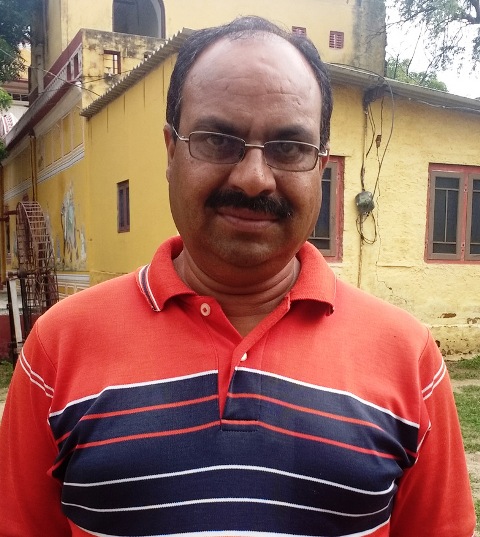
The Loporia Watercolor has caught the attention of our state and outsiders. Study enthusiasts keep coming here. Teams come here to study yoga. Return to Waterfall. GVNML is also present in 58 surrounding villages. The water conservation work has been underway, ”says Om Prakash Chatla, secretary of the association.
===============
To this day, Singh gives an explanation to visitors coming to see the Laporia Water Conservation Success story. In this case he is saying, “If we humans are ground-water conservation, it is the ego. Nature protects us. We need to be aware of the nuances that it conveys.

























